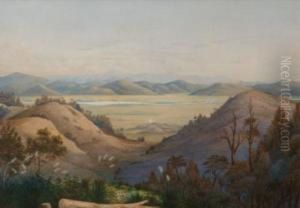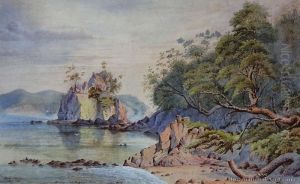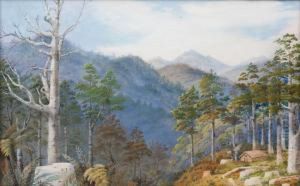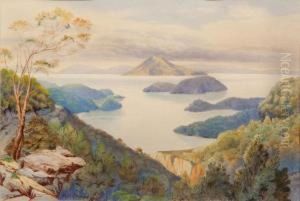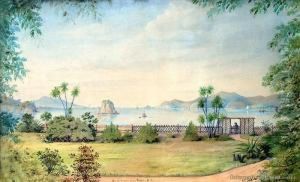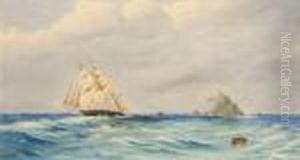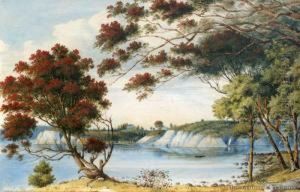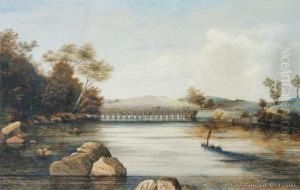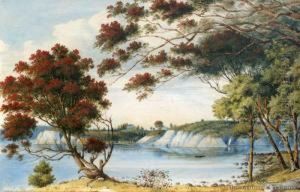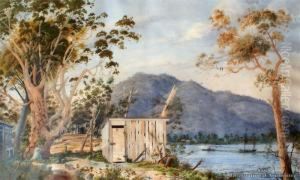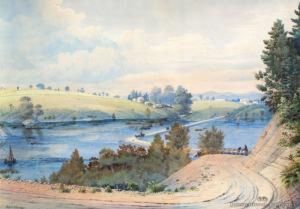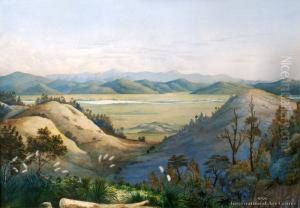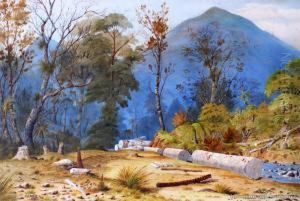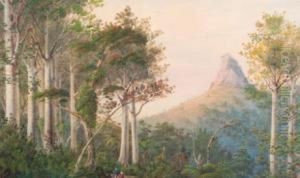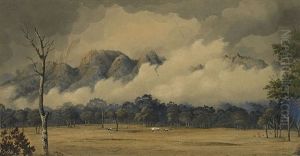Alfred Sharpe Paintings
Alfred Sharpe was a prominent New Zealand painter known for his detailed landscapes of New Zealand and the Pacific. Born in Tranmere, Cheshire, England, in 1836, Sharpe emigrated to New Zealand in the early 1850s, where he initially worked in various occupations before focusing on his career as an artist. Sharpe's work is notable for its meticulous detail, vivid portrayal of the New Zealand landscape, and its historical value in documenting the nation's environment and colonial settlements during the 19th century.
Sharpe's artistic journey began in Auckland, where he started to gain recognition for his landscape paintings. His works captured the unique light and diverse topography of New Zealand, ranging from lush forests and rugged coastlines to serene rivers and majestic mountains. Sharpe's paintings were not just aesthetically pleasing; they also served as important records of the New Zealand landscape at a time of significant transformation due to colonization and development.
In addition to his landscapes, Sharpe was also known for his architectural drawings and watercolors. He had a keen interest in the built environment, and his works in this area provide valuable insights into the architectural heritage of New Zealand during the colonial period. Despite his accomplishments, Sharpe struggled with financial stability throughout his life, a common plight for many artists of his time.
Sharpe's contribution to New Zealand art was not fully appreciated until after his death in 1908. Since then, his works have been recognized for their historical and cultural significance, offering a window into the country's past. Today, Alfred Sharpe's paintings are held in high esteem, with his pieces being featured in major art galleries and collections across New Zealand and internationally. His legacy continues to inspire new generations of artists and historians alike, cementing his place as a key figure in New Zealand's art history.
